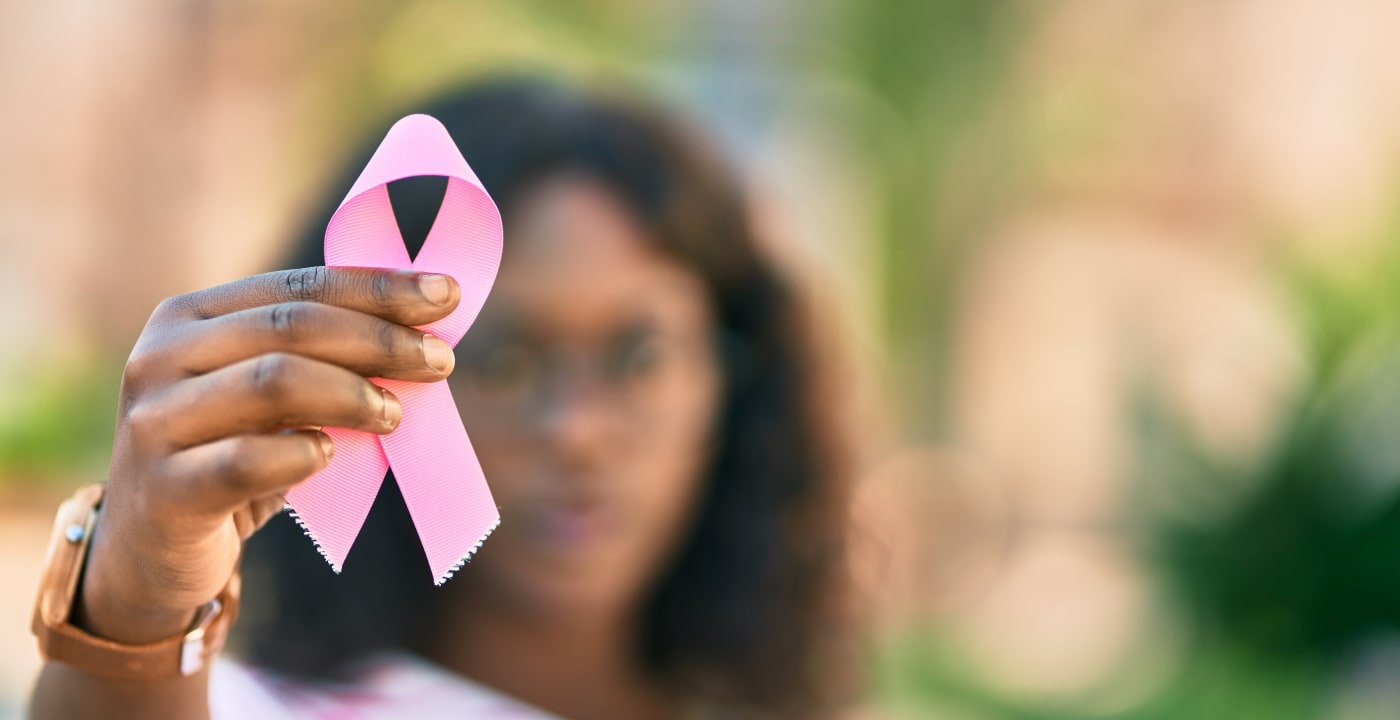Breast self-awareness: The importance of knowing what’s normal for your breasts

At a glance
- Get familiar with how your breasts look and feel, so you can more easily detect changes
- “Formal” breast self-exams are no longer necessary, but it’s OK to continue doing them
- Contact your provider if you notice shape/size changes, nipple discharge, pain, sores/rashes or lumps
What’s the best at-home routine to catch breast cancer early? The one you will actually do.
That means you can toss the breast self-exam shower hanger that’s collecting mildew in your shower. As it turns out, a less formal “breast self-awareness” habit is just as good at catching breast cancers.
“They did some studies that compared women taught the breast self-exam technique — doing an exam in the shower, raising one arm over the head, versus a group who were not taught but were just doing whatever they did,” says R. Morgan Steele, DNP, ARNP, a breast oncology specialist and nurse practitioner with MultiCare Regional Cancer Center – Tacoma and MultiCare Regional Cancer Center – Gig Harbor. “The women who were trained in self breast exams did not find more cancers.”
That doesn’t mean you don’t examine your breasts, though.
“It means you no longer have to do it a specific way,” Steele says.
If you regularly do breast self-exams using the techniques taught in the past, there’s no need to stop, she says. The only change in advice is that you should not squeeze your nipples looking for discharge. Aggressive squeezing can result in injury and needless worry because sometimes discharge in that circumstance is normal.
“The discharge that is worrisome is discharge that comes without squeezing,” Steele says.
If you weren’t taught how to do breast self-exams, or you’re out of the habit of self-exams, all you have to do is pay attention to how your breasts look and feel.
“Breast awareness is knowing what’s normal for you,” she advises. “Every woman should know ‘This is what my breast should look or feel like.’”
Each person’s breasts are different. The key is to spot variations from what is normal for you. And if you see or feel a change, call your doctor or other health care provider right away.
Too often, people postpone making that call.
“It might be scary,” Steele acknowledges. “But once we know what’s going on, we usually have things we can do.”
Steele says the providers at MultiCare Regional Cancer Center have their own fears.
“The scariest thing for us is when a woman comes in and says, ‘I noticed this a couple of months ago but didn’t say anything,’” she says.
Breast self-awareness 101
- You should be familiar with how your breasts look and feel
- Look in the mirror to get familiar with what’s normal for your breast size and shape, and what the skin on your breasts looks like
- When you take a shower or bath, pay attention to what your breasts feel like when you clean them
- Most breasts feel lumpy and bumpy; this lumpy bumpy feeling is usually similar in both breasts
- Your breasts may feel fuller, lumpier and more tender one to two weeks every month before you start your period
- After your period, your breasts should go back to the way they normally look and feel
When to contact your health care provider
- You notice a change in breast shape or size
- The skin on your breast changes color or becomes thicker or warm to the touch
- The skin is dimpling or puckering
- You have a new sore or rash on your nipple
- Fluid is coming out of your nipple spontaneously
- Your nipple looks flatter or like it is being pulled in
- You feel a lump, hard knot or thickening that is different from how things normally feel
- You have new pain in one spot that does not go away after one to two weeks
What's next
- Learn more about your risk of developing breast cancer with our Breast Cancer Risk Assessment
- Schedule a mammogram appointment near you
- What happens during a mammogram?




